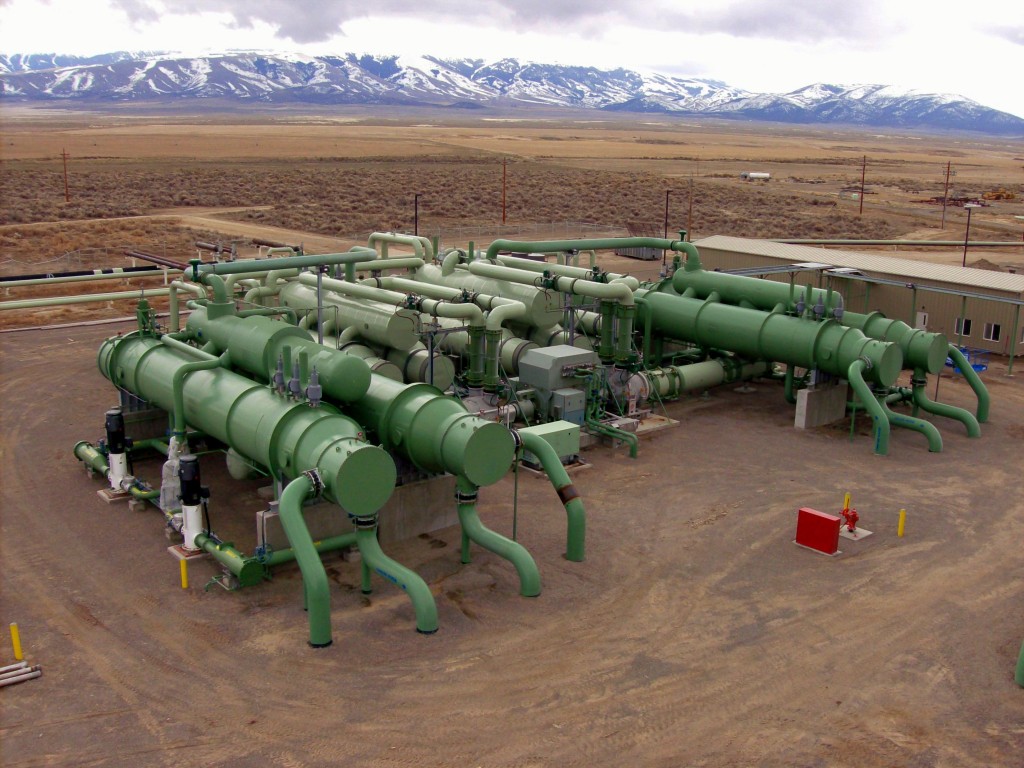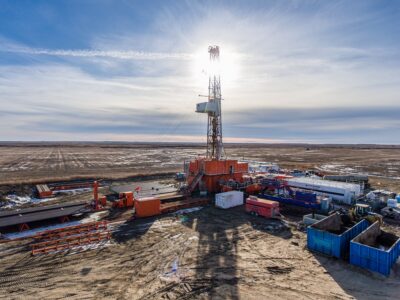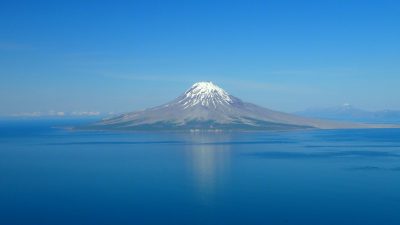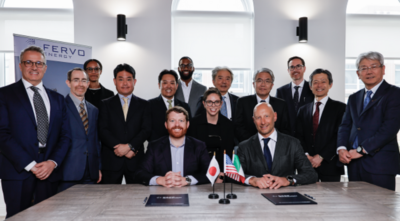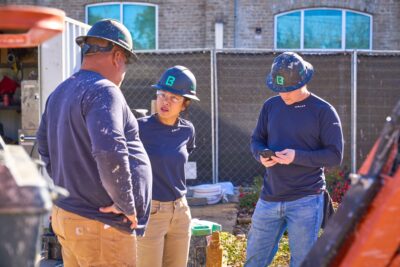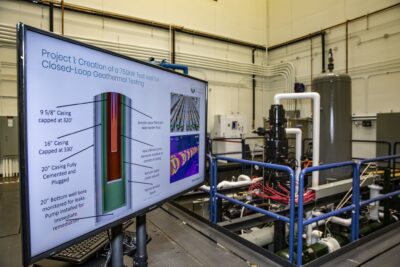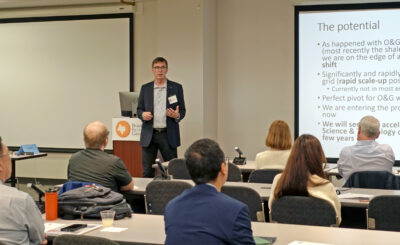U.S. Geothermal starts work on EGS element of Raft River project
U.S. Geothermal Inc. has begun work at its Raft River Project in Idaho on a $10 million Enhanced Geothermal System grant program funded by the U.S. Department of Energy.
In a release by the company, U.S. Geothermal Inc. recently announced “that work has begun at its Raft River Project in Idaho on a $10 million Enhanced Geothermal System grant program funded by the U.S. Department of Energy.
The program team is comprised of the Energy & Geoscience Institute from The University of Utah (“EGI”) as the program lead, U.S. Geothermal, APEX Petroleum Engineering Services (“APEX”) and HiPoint Reservoir Imaging (“HiPoint”). U.S. Geothermal contributed an existing phase two production well to the program for testing thermal fracturing of reservoir rock some 6,000 feet below the surface. A bridge plug was placed in well RRG-9 at 2,235′ below surface by Halliburton Energy services. EGI is on site to oversee the program and APEX has installed a Vertical Seismic Profiling instrument package in the wellbore in preparation for the seismic survey. Seismic lines have been set and data acquisition is underway which will provide high resolution 2D/3D time lapse seismic reflection images of the faults and stratigraphic features in the field.
The first phase of the program, with a total estimated cost of $4.7 million, extends to the end of 2010. This phase will measure in-place characteristics of the reservoir rock and prepare well RRG-9 for the first well stimulation using “cold” water injection. U.S. Geothermal’s participation in the program does not require contribution of cash and is limited to providing well RRG-9 for the test program, and other in-kind contributions of scientific reservoir data and on-site program support. Work in this portion of the program includes: borehole imaging, fracture analysis, development of a geologic/structural reservoir model, interference testing, and construction of injection pipelines and installation of a liner in the wellbore to the stimulation target horizon. Valuable information regarding techniques to stimulate fluid flow in geothermal reservoirs is expected to be gained by this important program.”
Source: Company release via Marketwire
